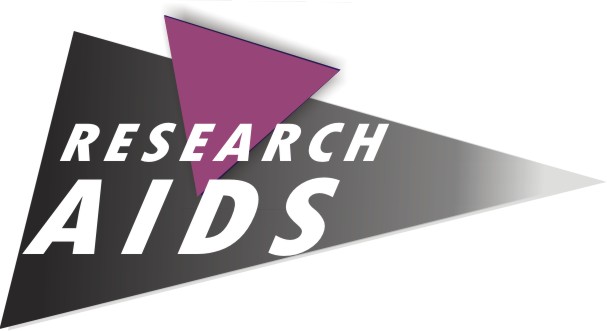When to start antiretroviral treatment
Before a person starts treatment it is recommended that a basic clinical assessment should be carried out. This should include determination of existing medical conditions (such as hepatitis, TB, pregnancy, injecting drug use and major psychiatric illness), assessment of current medications (including traditional and herbal medications), weight measurement, and assessment of patient readiness for therapy. If AZT is being considered then a haemoglobin measurement should be taken, and a pregnancy test should be taken if EFV is being considered.
The CD4 test
Where available, the CD4 test is used to determine when a person should start treatment.
HIV attacks a type of immune system cell called the T-helper cell. This cell carries on its surface a protein called CD4, which HIV uses to attach itself before gaining entry to the cell.
The T-helper cell plays an important part in the immune system by helping to co-ordinate all the other cells to fight illnesses. A major reduction in the number of T-helper cells can have a serious effect on the immune system. HIV causes many T-helper cells to be damaged or destroyed; as a result, there are fewer cells available to help the immune system.
A CD4 test measures the number of T-helper cells (in a cubic millimetre of blood). Someone uninfected with HIV normally has between 500 and 1200 cells/mm3. In a person infected with HIV the CD4 count declines over a number of years. Treatment is generally recommended when the CD4 test shows fewer than 350 cells/mm3.1 2 3 4 However, guidelines vary slightly between countries and these are constantly debated.
When the CD4 count reaches the recommended level to start treatment, other factors may also be taken into account, such as viral load and opportunistic infections. More information about viral load monitoring is available in continuing antiretroviral treatment.
WHO clinical staging of HIV disease
The World Health Organisation (WHO) has a method of describing the different stages of HIV disease based on clinical symptoms, known as the WHO staging system for HIV disease. The WHO 2009 treatment guidelines state that where CD4 testing is unavailable, the WHO staging system should be used to determine whether to start treatment. Where a patient is showing signs of WHO clinical stages 3 or 4 they should start treatment and if they are showing signs of stages 1 and 2 they should not start treatment. In places where CD4 tests are available, the WHO recommend that treatment is started if the CD4 count is 350 cells/mm3 or below, regardless of the WHO clinical stage.

No comments:
Post a Comment